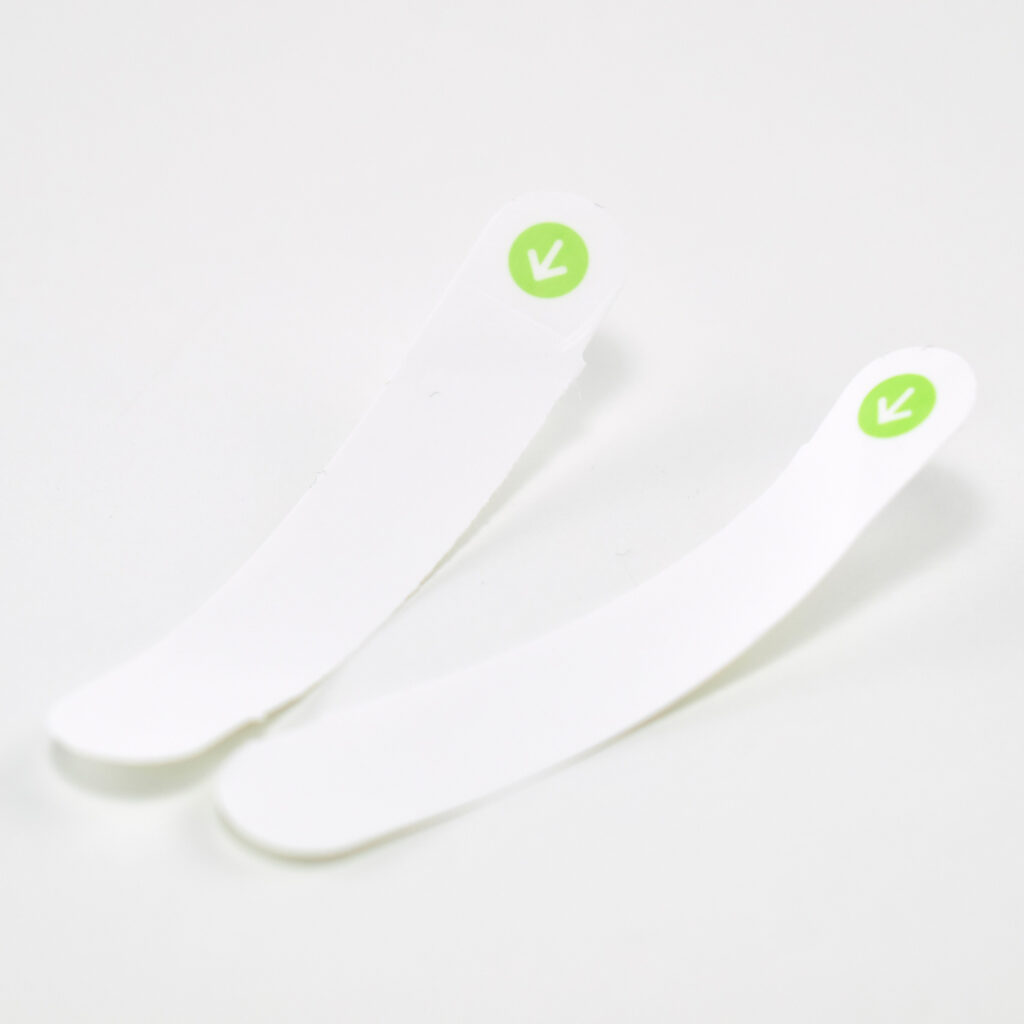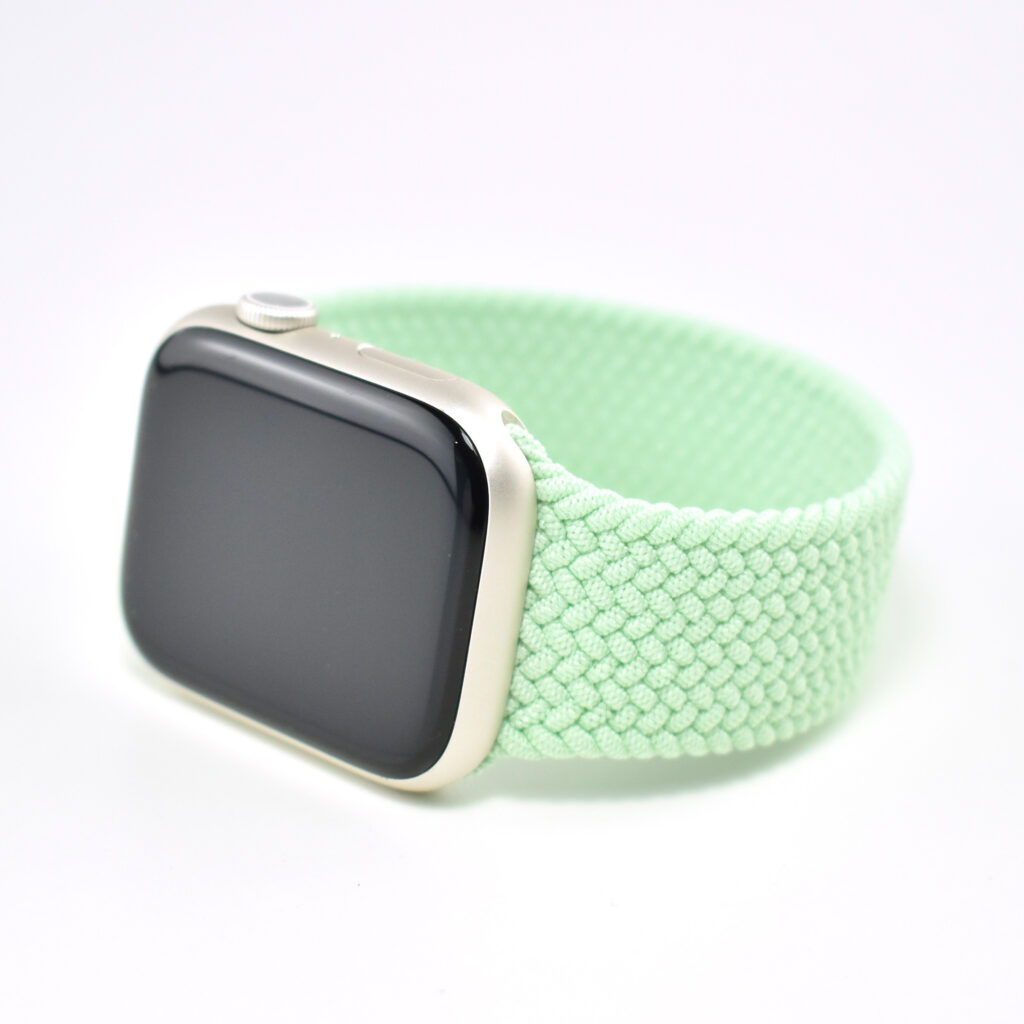The Apple Watch Series 8 is similar to the previous Series 7 model, but has a few more features including temperature sensors for health monitoring, a new Crash Detection feature, and a new Low Power Mode. Apple’s press release touts:
“Apple Watch Series 8 features the beloved design of Apple Watch, including a large, Always-On Retina display and a strong crack-resistant front crystal. With all-day 18-hour battery life, Apple Watch Series 8 builds on best-in-class health and safety features like the ECG app and fall detection by introducing temperature-sensing capabilities, retrospective ovulation estimates, Crash Detection, and international roaming.”
Like all previous Apple Watch models, the Series 8 uses a Digital Crown and a touch display. The 45mm size uses a 396×484 “Always-On” Retina OLED screen with Ion-X glass (the same size introduced with the previous Series 7).
The aluminum GPS models were available in four colors: Silver; Midnight (dark gray, almost black); Starlight (warm silver); and (PRODUCT)RED. Three Stainless Steel colors were available: Gold, Silver, and Graphite. All colors were available in 41mm and 45mm.
Two Stainless Steel Series 8 Apple Watch Hermès models were available in Silver and Space Black; thus, Space Black Stainless Steel was exclusive to the Hermès Series 8.
No Series 8 Apple Watch Edition models were offered. (Apple Watch Edition Series 7 models were offered in titanium and space black titanium.)
During the release of the Apple Watch Series 8 and iPhone 14, an extended demo of the Crash Detection was presented. Apple describes the feature:
“To enable Crash Detection, Apple developed an advanced sensor-fusion algorithm that leverages a new, more powerful gyroscope and accelerometer on Apple Watch… To create the algorithm, data was collected from these new motion sensors at professional crash test labs with common passenger cars in simulated real-world accidents, including head-on, rear-end, side-impact, and rollovers. In addition to motion data, Crash Detection uses the barometer, GPS, and the microphone on iPhone as inputs to detect the unique patterns that can indicate whether a severe crash has taken place.”
Soon after the the release of Crash Detection, media began reporting incidents of false positive reports. 9to5Mac reported that “even though Apple uses all-new hardware, an advanced algorithm, and over a million hours of crash data, false positives are still possible… roller coasters have been causing a number of erroneous automatic 911 calls by tricking Apple’s Crash Detection.” The Verge reported, “Apple’s iPhones and watches contain sensors and safeguards designed to trigger Crash Detection only in a true emergency. But skiers and snowmobilers are unknowingly setting it off.”
The release of Apple Watch Series 8 coincided with the release of watchOS 9. Among other features, for the first time, watchOS 9 allowed all Apple Watch users to access previously exclusive Nike watch faces: “Starting this fall, any Apple Watch user running watchOS 9 — even those without a Nike model — will be able to access all the Nike watch faces, including the fresh colors coming to the Bounce face.”
This Starlight Aluminum 45mm model shipped with a Starlight Sport Band. It is shown here with a Pistachio Braided Solo Loop band.
Sources: Apple (Newsroom, Product), EveryMac, 9to5Mac, The Verge







































